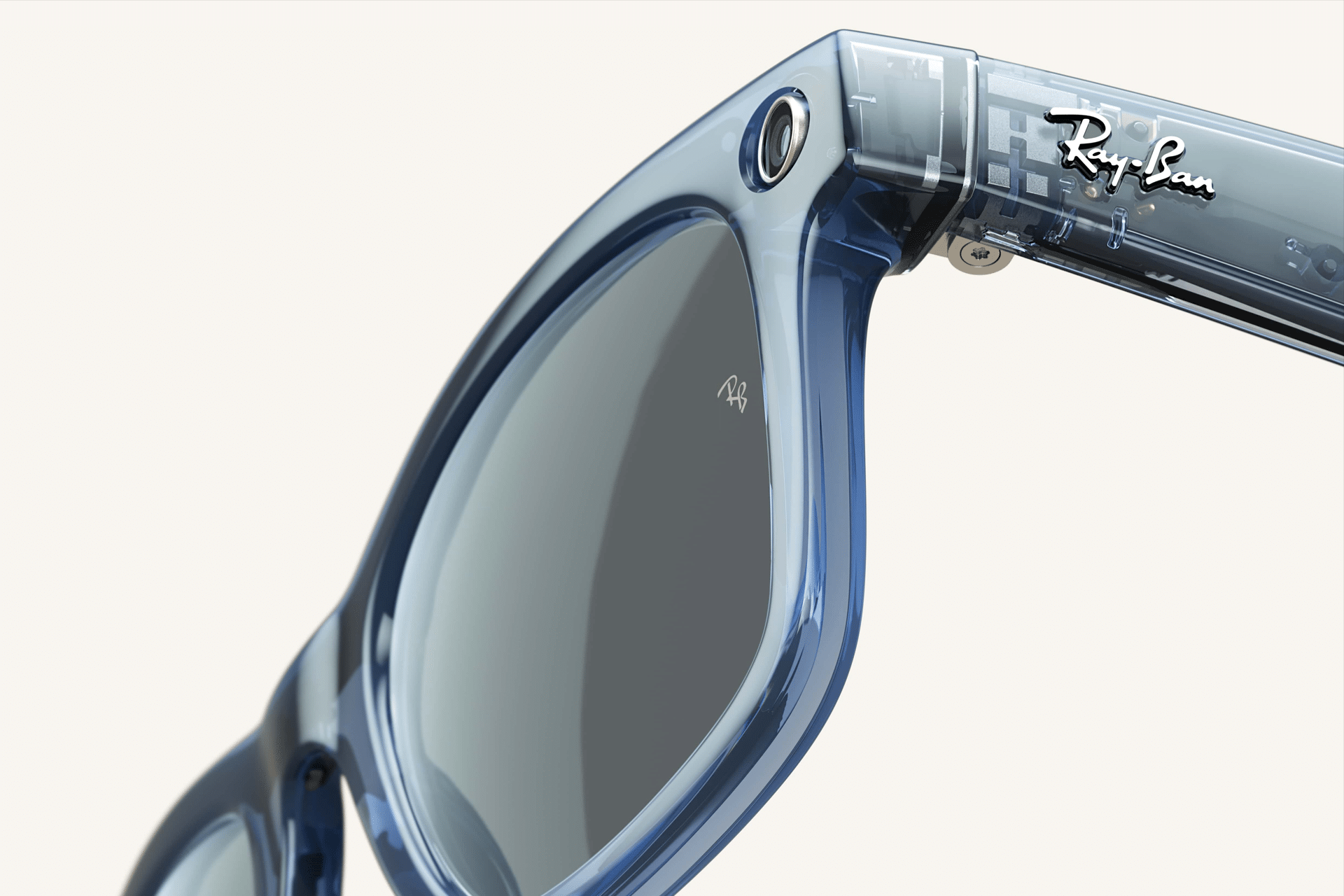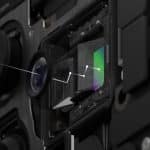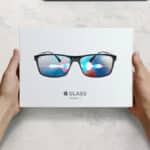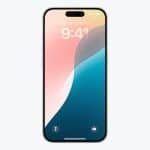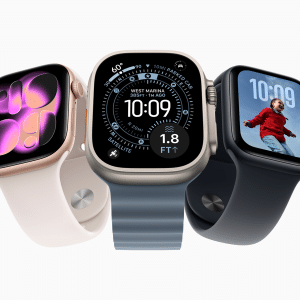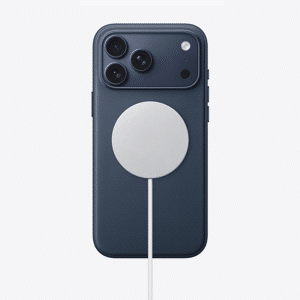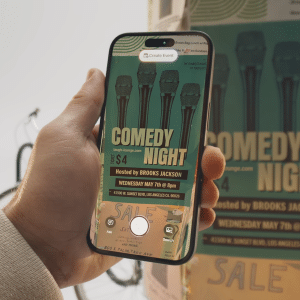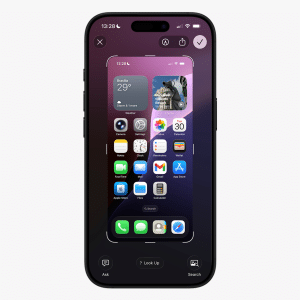Unlike the bulkier Apple Vision Pro, which focuses on immersive augmented reality, the upcoming Apple Glasses are expected to be lightweight, resembling traditional eyewear while embedding advanced AI capabilities. These glasses will likely incorporate cameras, microphones, and speakers, enabling features like real-time environmental awareness, audio playback, and voice-activated AI assistance. By leveraging Apple Intelligence, the company’s proprietary AI platform, the glasses aim to deliver intuitive, privacy-focused experiences that integrate seamlessly with the iPhone ecosystem. This approach contrasts with earlier expectations of glasses as a slimmed-down Vision Pro, indicating Apple’s intent to prioritize practical, AI-driven functionality over complex AR displays for now.
Accelerating the Timeline
The accelerated timeline for Apple Glasses, now slated for 2026, marks a departure from initial projections that placed such a product years further out. This shift suggests Apple is responding to competitive pressures, particularly from Meta’s success with Ray-Ban smart glasses, which have gained traction despite being a relatively new product category. Reports indicate Apple is investing heavily in AI development to ensure its glasses offer robust, user-friendly features. The focus on AI over augmented reality aligns with broader industry trends, where voice and environmental interaction are becoming central to wearable technology. This strategic move also reflects Apple’s need to address recent challenges with Siri, aiming to deliver a more responsive and capable assistant through its glasses.
Privacy and Ecosystem Integration
Apple’s glasses are expected to emphasize privacy, a cornerstone of the company’s brand. Unlike Meta’s offerings, which have raised concerns about data collection, Apple’s glasses will likely integrate tightly with the iPhone, leveraging on-device processing to minimize cloud-based data risks. This could involve a dedicated chip in future iPhones to enhance compatibility, ensuring smooth performance for AI-driven tasks like real-time translation or contextual assistance. However, this approach may require users to own the latest iPhone models, a strategy Apple has employed to drive hardware upgrades. Such integration could set Apple’s glasses apart, offering a polished, secure experience that appeals to its loyal user base.
Competitive Landscape and Challenges
The smart glasses market is heating up, with Meta leading the charge through its Ray-Ban collaboration and other companies like Google and Samsung exploring similar technologies. Apple’s entry could intensify competition, but it faces hurdles. The company’s AI division has reportedly experienced morale challenges, compounded by Meta’s aggressive recruitment of top talent with multimillion-dollar offers. Apple’s historical reluctance to match such compensation packages could hinder its ability to retain engineers critical to the glasses’ development. Additionally, public skepticism about smart glasses—due to privacy concerns over discreet cameras—may pose adoption challenges, especially if regulations tighten around wearable recording devices.
The Future of Computing
Apple’s pursuit of AI-driven glasses suggests a broader vision for the future of personal computing, where wearables replace traditional screens for many tasks. If successful, these glasses could redefine how users interact with technology, making AI a constant, unobtrusive companion. While Apple and Meta have often clashed on issues like privacy and app policies, their shared belief in glasses as a key AI platform highlights a rare point of agreement. As Apple refines its approach, the 2026 launch of its glasses could mark a significant step toward a new era of intuitive, AI-enhanced wearables.

